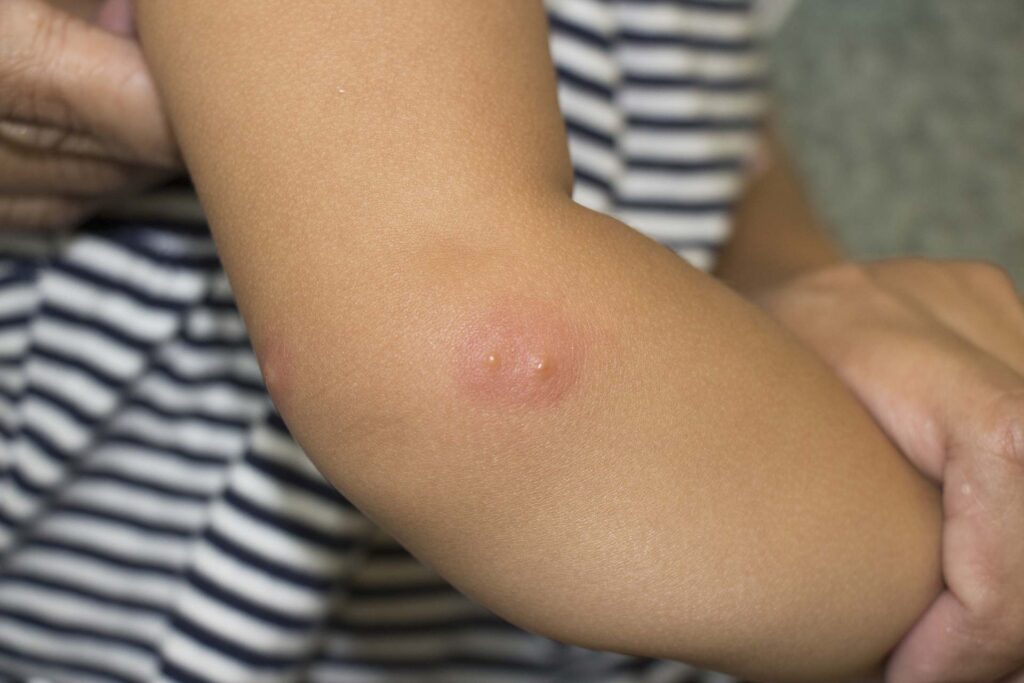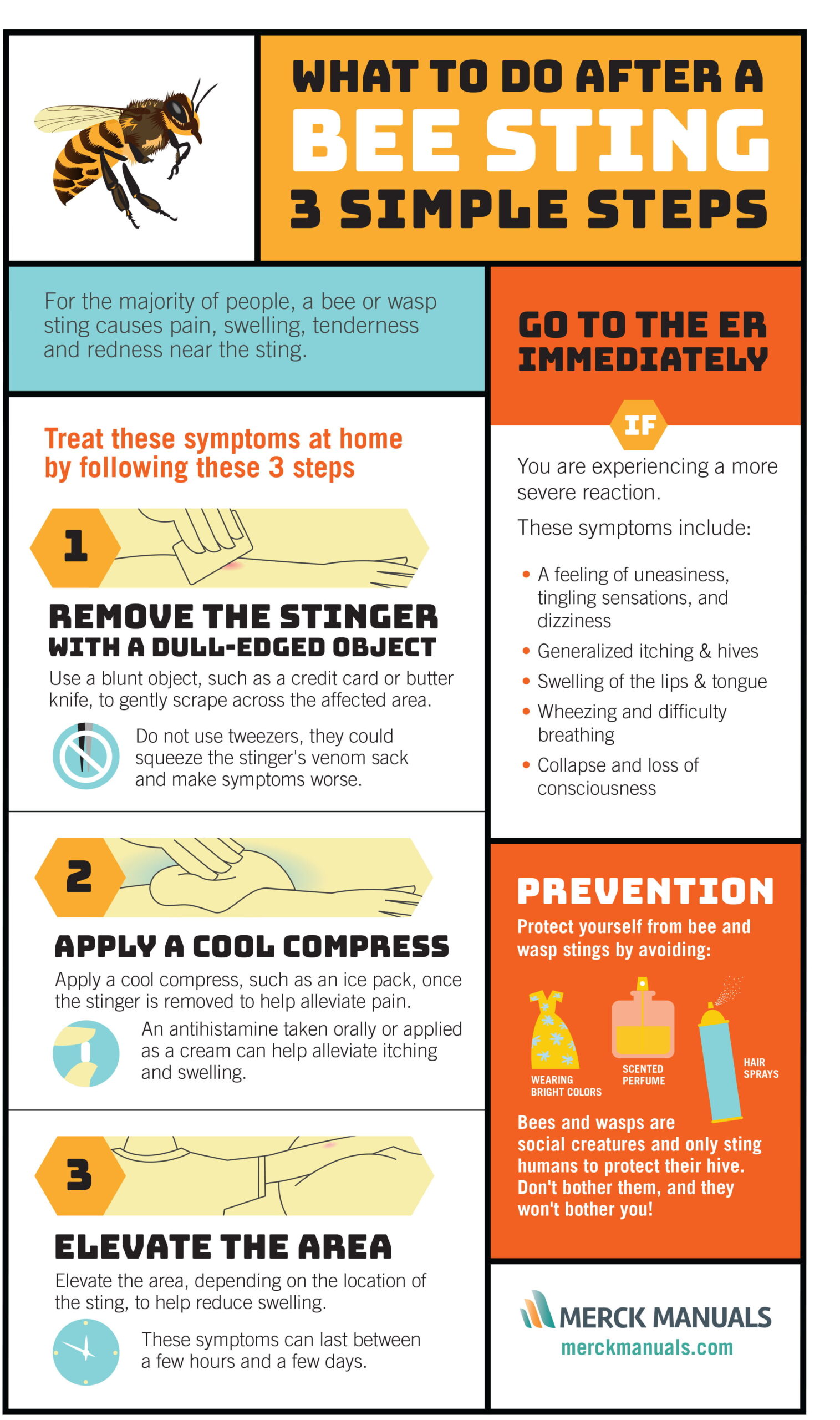
Imagine this scenario: you’re outside enjoying a sunny day, when suddenly, a sharp pain shoots through your skin. You look down and see a bee sting on your arm. Panic sets in. What should you do? In this article, we’ll provide you with essential tips and remedies to effectively handle a bee sting, keeping calm and ensuring a swift recovery.
Immediate Steps to Take
Remove the Stinger
If you have been stung by a bee, the first immediate step you should take is to remove the stinger from your skin. The stinger is usually attached to a venom sac, so it’s important to get rid of it as soon as possible to minimize the amount of venom entering your body. You can gently scrape the stinger off your skin using a credit card or your fingernail. Avoid squeezing or pinching the stinger, as this may inject more venom.
Wash the Area
After removing the stinger, it’s crucial to wash the affected area with soap and water. This helps to prevent any potential infection. Be sure to clean the area gently, without rubbing or scrubbing, to avoid further irritation. If soap and water are not readily available, you can use an antiseptic wipe or alcohol pad to cleanse the area.
Apply a Cold Compress
To reduce swelling and alleviate pain, applying a cold compress to the sting site can be very effective. You can use an ice pack wrapped in a thin cloth or a bag of frozen vegetables as a cold compress. Apply the cold compress to the sting site for about 15 minutes, then remove it for 15 minutes, and repeat as necessary. This can help soothe the area and provide temporary relief.
Take Over-the-Counter Pain Relief
If the pain from the bee sting is bothering you, you can consider taking over-the-counter pain relievers such as acetaminophen or ibuprofen. These medications can help to reduce pain and inflammation. However, it’s important to follow the recommended dosage and consult a healthcare professional if you have any underlying medical conditions or are taking other medications.
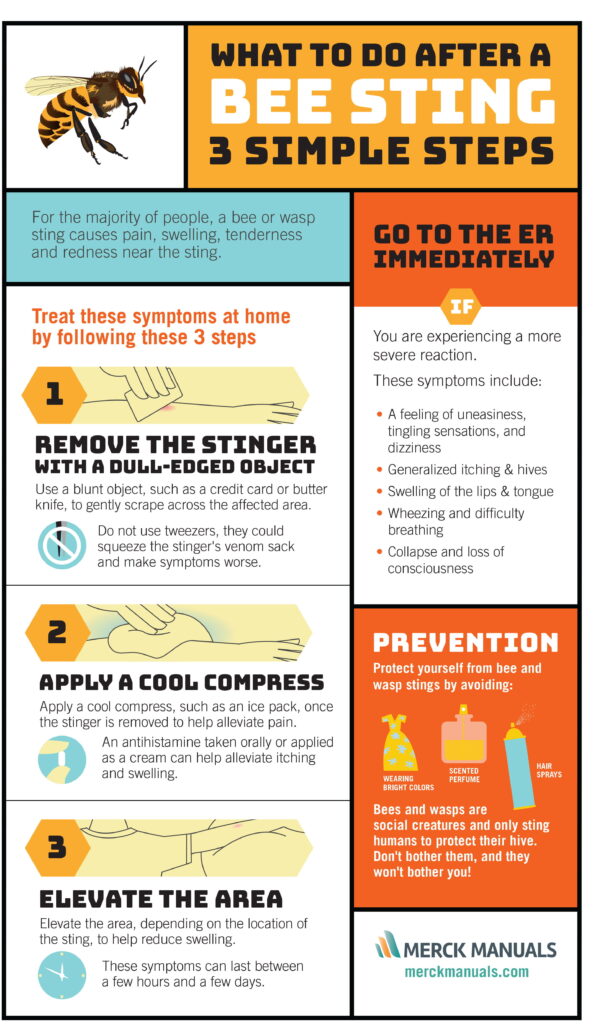
Managing Mild Symptoms
Apply Hydrocortisone Cream
If you experience itching, redness, or mild swelling around the sting site, applying hydrocortisone cream can provide relief. This over-the-counter cream contains a low-dose corticosteroid that helps to reduce inflammation and soothe the skin. Gently apply a thin layer of the cream to the affected area, following the instructions on the packaging.
Take Oral Antihistamines
To alleviate allergic reactions such as itching and hives, you can take oral antihistamines. These medications work by blocking the effects of histamine, a chemical released by your body in response to an allergic reaction. Antihistamines can help reduce itching and swelling caused by bee stings. It’s important to choose a non-drowsy formula if you need to remain alert and functional.
Use Calamine Lotion
Another option to manage mild symptoms is to apply calamine lotion to the sting area. Calamine lotion contains ingredients like zinc oxide, which has a soothing effect on the skin. It helps to relieve itching and reduce redness. Gently apply a thin layer of calamine lotion to the affected area and allow it to dry. Reapply as needed to keep the area moisturized and comfortable.
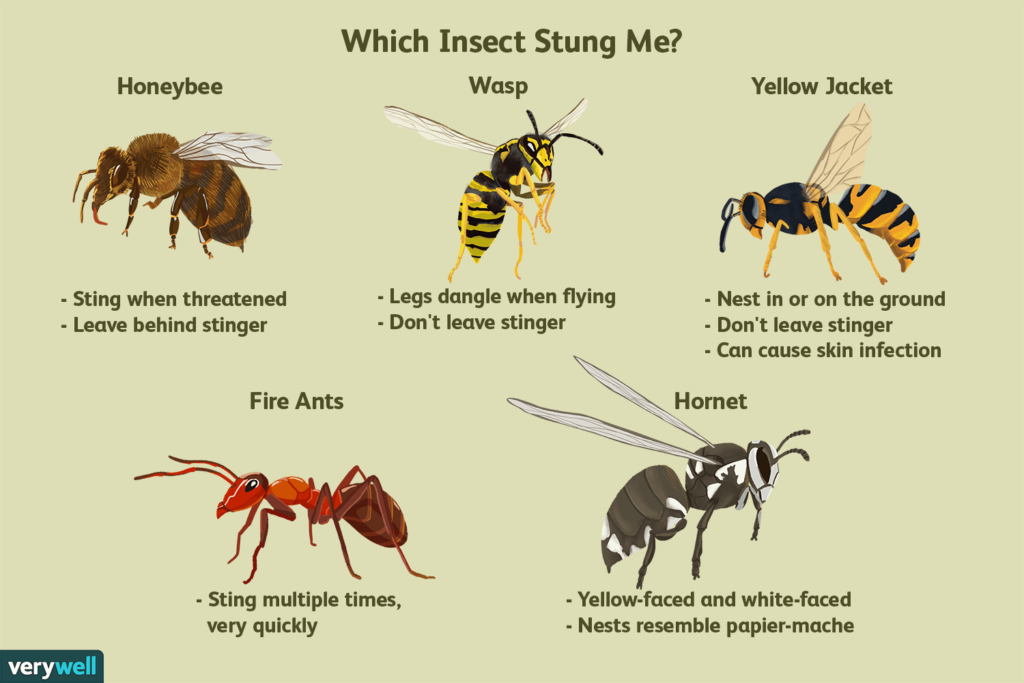
When to Seek Medical Attention
Signs of an Allergic Reaction
While most bee stings result in mild symptoms, some individuals may experience a severe allergic reaction known as anaphylaxis. It’s crucial to be aware of the signs and symptoms of an allergic reaction, as it can be life-threatening. If you develop symptoms such as difficulty breathing, tightness in the chest, severe swelling, dizziness, or rapid heartbeat, seek immediate medical attention. Anaphylaxis requires emergency treatment with epinephrine.
Multiple Bee Stings
If you have been stung by multiple bees at once, it can lead to a moderate to severe reaction. The venom from multiple stings can overwhelm your body and cause systemic symptoms such as nausea, vomiting, headache, and weakness. In such cases, it is advisable to seek medical attention promptly. A healthcare professional can assess your condition and provide appropriate treatment to manage the symptoms.
Sting in the Mouth or Throat
If you’ve been stung in your mouth or throat, it is essential to seek immediate medical attention, even if you don’t experience any initial symptoms. Swelling in these areas can quickly become severe and potentially obstruct your airway. Call emergency services or go to the nearest emergency room for evaluation and treatment. Do not delay seeking medical help, as this can be a life-threatening situation.
Sting in the Eye
If you have been stung in or near your eye, it is crucial to seek medical attention as soon as possible. Do not try to remove the stinger or rub your eye, as this can worsen the situation. Cover your eye gently with a clean cloth or a sterile dressing, and seek immediate medical help. Stings in or near the eye require prompt evaluation by an eye specialist to prevent any potential complications and ensure proper treatment.
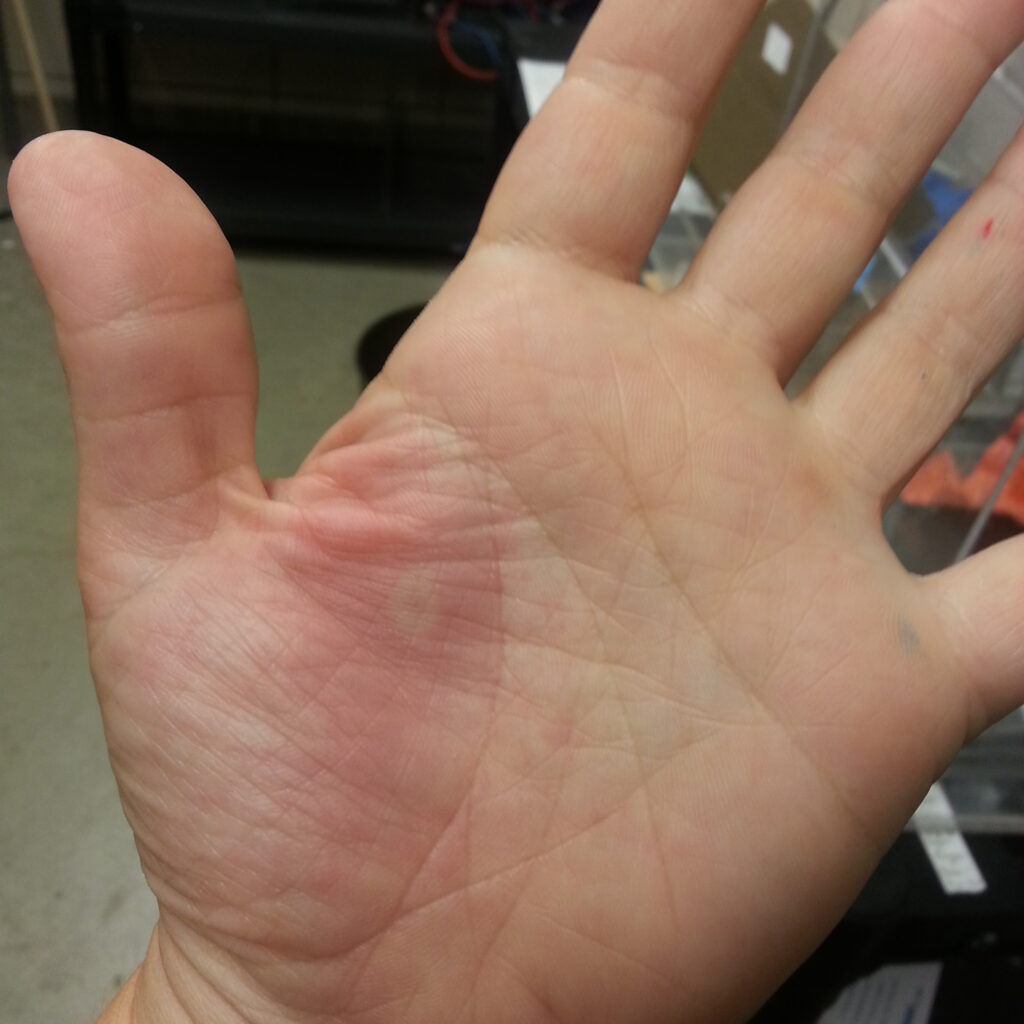
Preventive Measures
Avoid Provoking Bees
To reduce the risk of getting stung by a bee, it’s important to avoid provoking them. Bees can become aggressive and sting if they feel threatened or if their hive is disturbed. When you encounter bees, remain calm and avoid sudden movements or swatting at them. Stay away from areas where bees are known to nest, such as flowering plants or beehives. By being mindful of their presence and respecting their space, you can minimize the chances of getting stung.
Wear Protective Clothing
When you are in an environment where bees are present, it’s advisable to wear protective clothing to reduce the likelihood of being stung. Opt for light-colored clothing, as bees are known to be more attracted to dark colors. Wear long-sleeved shirts, long pants, and closed-toe shoes to provide a physical barrier between yourself and the bees. Additionally, consider wearing a hat and a beekeeping veil to protect your face and neck.
Use Insect Repellent
Applying insect repellent that specifically targets bees can be helpful in preventing bee stings. Look for repellents that contain ingredients like DEET or picaridin, as they are effective in repelling bees. Make sure to follow the instructions on the product label and apply the repellent to exposed skin and clothing as directed. Remember to reapply as necessary, especially if you are spending an extended period outdoors.
Be Prepared with an Epinephrine Auto-Injector
If you have a history of severe allergic reactions to bee stings or other allergens, it’s crucial to be prepared for an emergency. Talk to your healthcare provider about obtaining an epinephrine auto-injector, commonly known as an EpiPen. This device delivers a dose of epinephrine, a life-saving medication, in case of an allergic reaction. Carry it with you at all times, know how to use it, and make sure your family members or close contacts are aware of its location and how to administer it if needed.
Remember, while bee stings can be painful and uncomfortable, most cases can be managed at home with immediate first aid and appropriate symptom relief. However, if you experience severe symptoms or have a known allergy, it’s crucial to seek medical attention promptly. By taking preventive measures and being prepared, you can minimize the risk of bee stings and enjoy outdoor activities with peace of mind.
